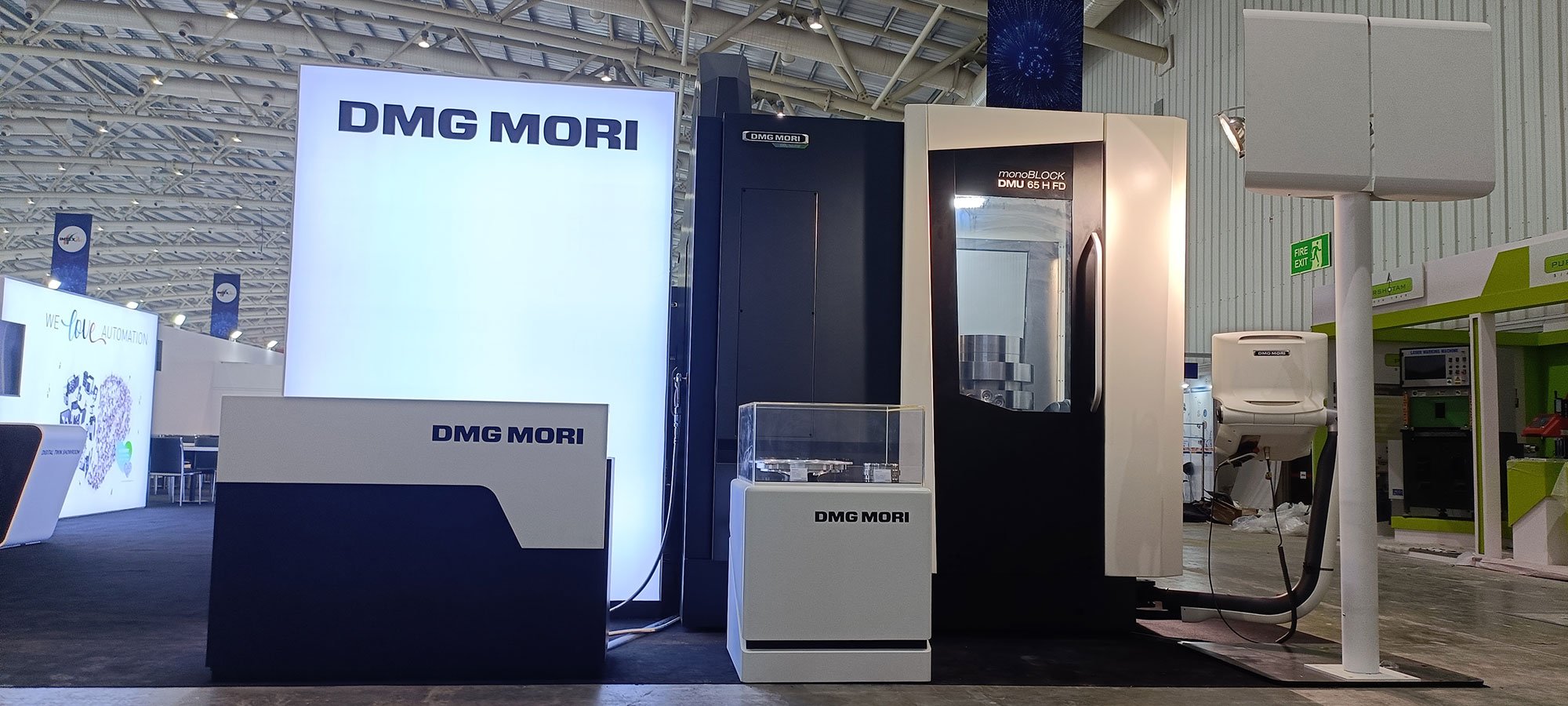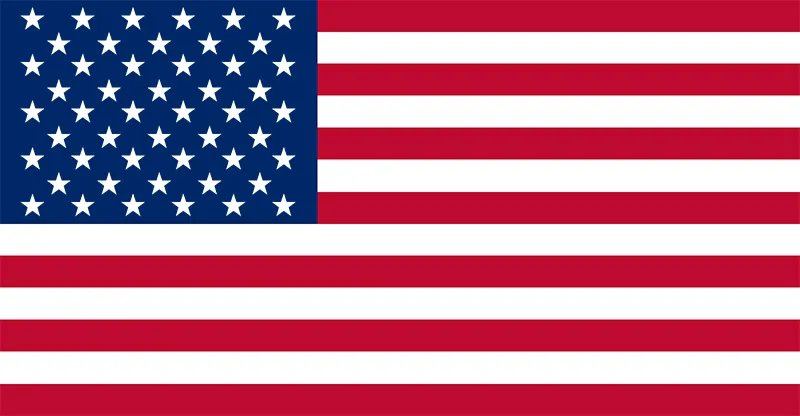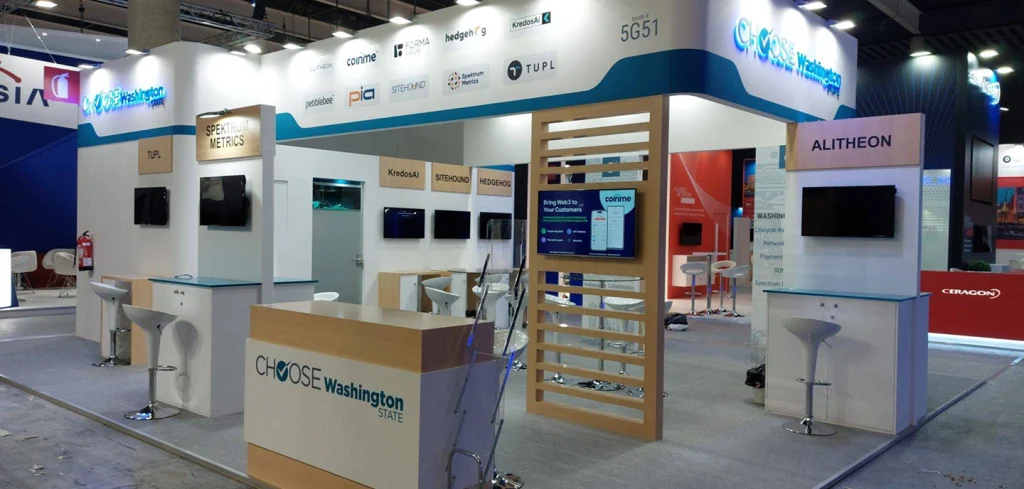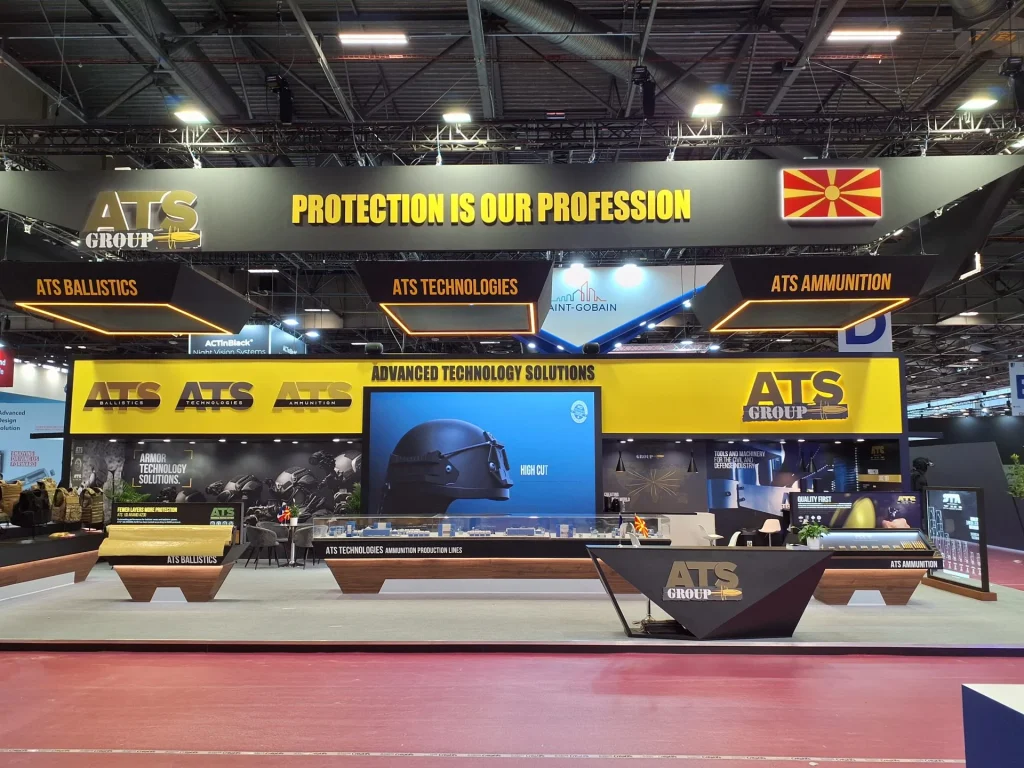
Introduction:
In the competitive world of trade show exhibits, designing a custom booth that effectively showcases multiple brands presents unique challenges and opportunities. Multi-brand showcases require a balance between cohesive overall design and individual brand representation.
The goal is to create a unified, engaging experience that highlights each brand’s unique qualities while maintaining a seamless visitor journey. This blog explores strategies for designing custom trade show booths that effectively showcase multiple brands, ensuring maximum impact and engagement.
1. Understanding the Objectives
Defining Goals and Success Metrics
Before diving into the design, it’s crucial to understand the goals of the multi-brand showcase.
- Unified Brand Messaging: Establish clear goals for the overall message and how it integrates individual brand stories.
- Engagement Metrics: Define key performance indicators (KPIs) such as visitor engagement, lead generation, and brand recall.
Brand-Specific Objectives
Each brand participating in the showcase will have its own objectives.
- Product Launches: Some brands may focus on launching new products.
- Brand Awareness: Others might aim to increase brand visibility and awareness.
- Lead Generation: Identify brands that prioritize capturing leads and building customer relationships.
2. Layout and Design Considerations
Creating a Unified Space
The booth should have a cohesive design that allows for a seamless visitor experience.
- Consistent Aesthetics: Use a consistent color palette, materials, and design elements to create a unified look and feel.
- Open Layout: Design an open layout that encourages flow and interaction between different brand areas.
Individual Brand Spaces
While maintaining overall cohesion, each brand needs its own distinct space.
- Dedicated Zones: Allocate dedicated zones for each brand, ensuring they have enough space to display their products and engage with visitors.
- Brand-Specific Decor: Use brand-specific decor, colors, and signage within each zone to differentiate the brands while maintaining the overall aesthetic.
Interactive and Functional Areas
Incorporate interactive and functional areas that serve multiple brands.
- Demo Stations: Design shared demo stations where multiple brands can showcase their products through interactive displays or live demonstrations.
- Lounge Areas: Create communal lounge areas for networking and informal meetings, fostering interactions among different brand representatives and visitors.
3. Technological Integration
Interactive Displays and Touchscreens
Technology can enhance visitor engagement and provide interactive brand experiences.
- Product Information: Use touchscreens to display detailed product information, videos, and interactive features for each brand.
- Virtual Tours: Offer virtual tours or augmented reality (AR) experiences that guide visitors through the booth, highlighting key features of each brand.
Data Collection and Analytics
Leverage technology for data collection to understand visitor behavior and preferences.
- RFID and Beacons: Implement RFID tags or beacons to track visitor movement and interaction within the booth.
- Visitor Feedback: Use digital kiosks or mobile apps to collect visitor feedback and preferences in real-time.
4. Brand Collaboration and Synergy
Cross-Promotional Opportunities
Encourage brands to collaborate and create cross-promotional opportunities.
- Joint Presentations: Schedule joint presentations or panel discussions featuring multiple brands to highlight collaborative efforts and shared values.
- Bundled Offerings: Promote bundled offerings that combine products or services from different brands, providing added value to visitors.
Shared Storytelling
Develop a shared storytelling approach that connects the brands under a common theme.
- Unified Narrative: Craft a unified narrative that ties the brands together, highlighting their complementary strengths and shared mission.
- Thematic Elements: Use thematic elements such as visuals, slogans, and interactive features to reinforce the shared story.
5. Practical Examples and Case Studies
CES: Consumer Electronics Show
Multi-brand showcases at CES often highlight how technology brands can effectively share a booth space.
- Thematic Zones: Brands within a shared booth at CES often create thematic zones around specific technologies, such as smart home devices or wearable tech.
- Collaborative Demos: Joint demos showcasing how products from different brands work together provide a compelling visitor experience.
Salon International de la Haute Horlogerie (SIHH)
SIHH showcases luxury watch brands, offering insights into high-end multi-brand exhibits.
- Luxury Ambiance: Each brand’s space reflects its unique luxury aesthetic while contributing to the overall high-end ambiance.
- Exclusive Interactions: Private meeting areas and exclusive interactions are designed to cater to high-value clients and media.
6. Practical Tips for Designers
Effective Communication
Ensure effective communication and collaboration among all brands involved.
- Regular Meetings: Hold regular meetings with representatives from each brand to align on objectives, design elements, and promotional strategies.
- Clear Guidelines: Provide clear design guidelines and expectations to maintain a cohesive look while allowing individual brand expression.
Flexibility and Adaptability
Design the booth to be flexible and adaptable to accommodate changes and different event requirements.
- Modular Design: Use modular design elements that can be easily reconfigured for different layouts and brand needs.
- Scalable Solutions: Design scalable solutions that can grow or shrink based on the number of participating brands or booth size constraints.
Logistics and Planning
Pay attention to logistics and planning to ensure a smooth setup and operation.
- Detailed Layout Plans: Create detailed layout plans and timelines to coordinate the setup and ensure everything runs smoothly.
- On-Site Coordination: Have a dedicated on-site coordinator to manage logistics, troubleshoot issues, and assist with brand-specific needs.
Conclusion
Designing custom trade show booths for multi-brand showcases requires a delicate balance of cohesion and individuality. By understanding the objectives of each brand, creating a unified yet flexible design, integrating technology, and fostering collaboration, exhibitors can create engaging and memorable experiences that highlight the strengths of all participating brands.
The future of multi-brand trade show booths lies in their ability to adapt to changing needs and leverage technological advancements, ensuring that each brand shines while contributing to a compelling overall experience.


 Global
Global USA
USA

